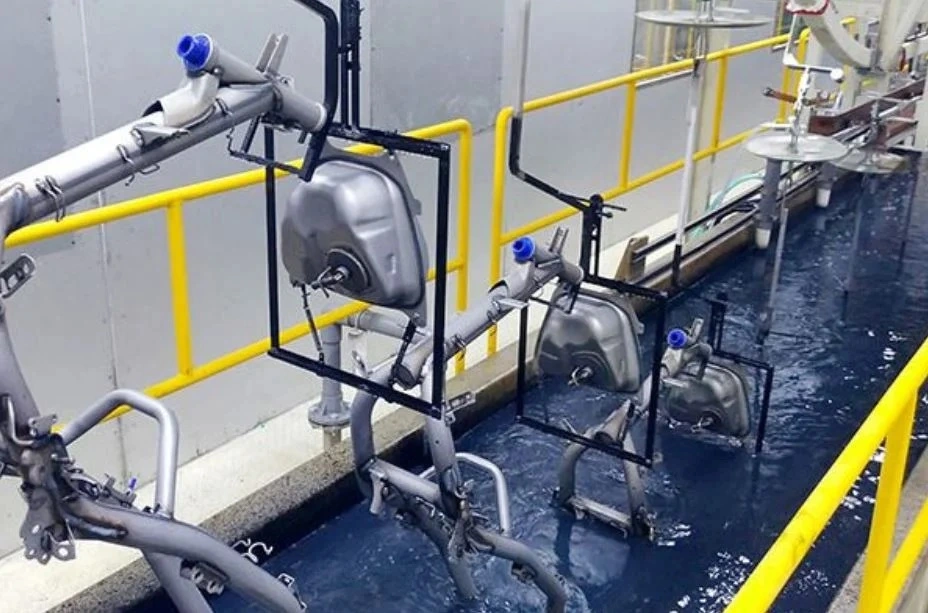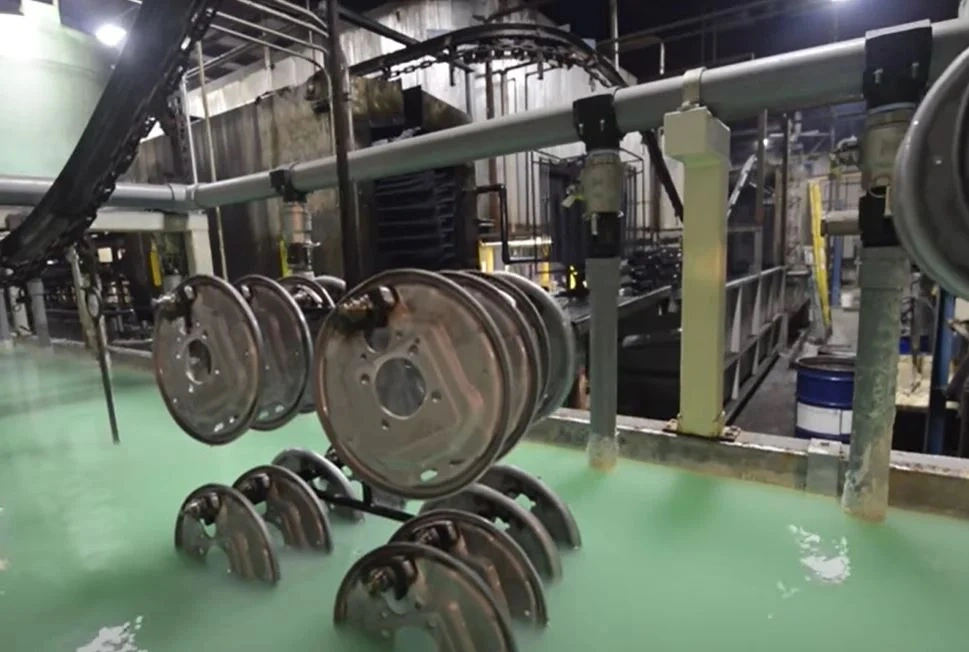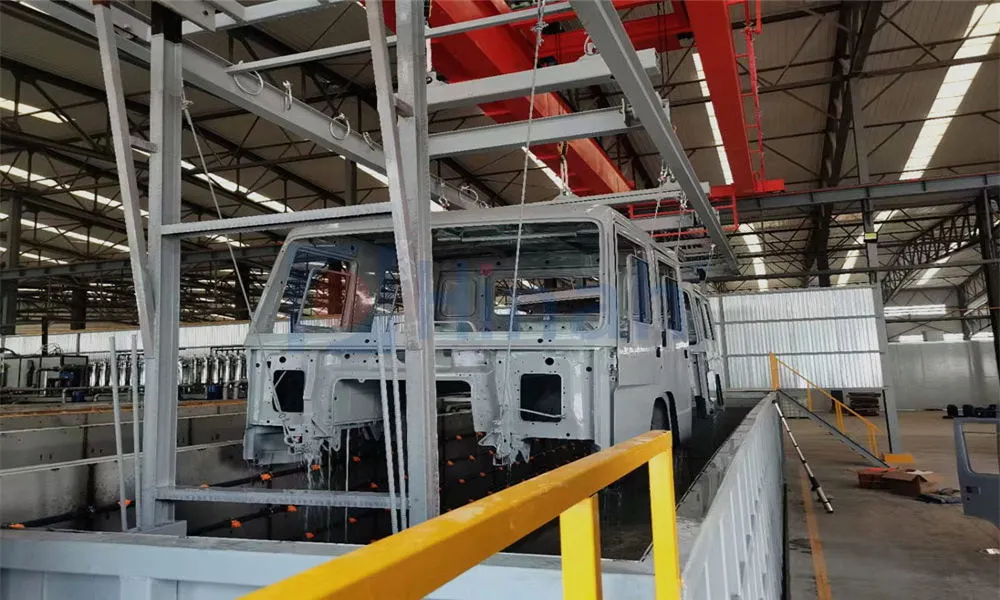Walking through a manufacturing facility, the rhythmic hum of a well-oiled powder coating production line is the sound of efficiency and quality. It’s where raw metal parts are transformed into products with durable, vibrant, and environmentally resistant finishes. Whether you're setting up a new operation or upgrading an existing one, the design of your powder coating production line is arguably the most critical determinant of your success. A poorly planned line leads to bottlenecks, inconsistent quality, and wasted materials, while a streamlined system becomes a significant competitive advantage.
This comprehensive guide will walk you through the five essential steps to planning an efficient and effective powder coating production line. We'll leverage the decades of global expertise that HANNA has accumulated in designing and installing turnkey finishing systems for industries from automotive to architecture.
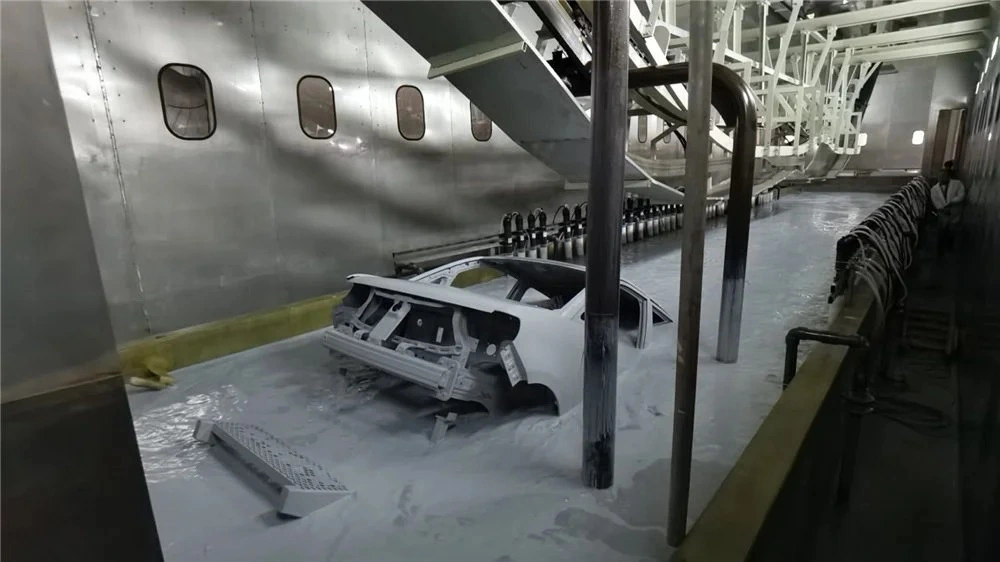
Step 1: Understanding the Core Components of a Powder Coating Line
A fully integrated powder coating production line is more than just a spray booth and an oven. It's a synchronized sequence of stages, each critical to the final outcome. A typical line includes:
Pre-treatment Stage: This is the foundational step. It involves cleaning and chemically treating the part's surface to remove oils, dirt, and mill scale, while also applying a conversion coating (like zinc or iron phosphate) to enhance powder adhesion and corrosion resistance. This can be a multi-stage wash system with spray or immersion tanks.
Drying Oven: After pre-treatment, parts must be completely dried before powder application. A short, low-temperature drying oven ensures no moisture interferes with the electrostatic process.
Application & Spray Booth: This is where the electrostatically charged powder is applied to the grounded part. The booth contains the overspray and is equipped with a recovery system to collect unused powder for reuse, boasting efficiency rates of over 95%.
Curing Oven: The heart of the chemical process. The curing oven heats the parts to a specified temperature for a set time, causing the powder to melt, flow, and cross-link into a smooth, durable finish.
Material Handling & Conveyor System: This is the backbone that ties everything together. It seamlessly moves parts through each stage—from loading and unloading to transportation through pre-treatment, spraying, and curing. The design of this system is paramount to the line's overall throughput.
Understanding how these components interact is the first step in planning a cohesive powder coating production line.
Step 2: Critical Pre-Planning: Assessing Your Needs and Constraints
Before sketching a single layout, you must answer fundamental questions about your operation. Rushing this stage is the most common cause of costly redesigns later.
Part Profile: What are the dimensions, weight, and material of the parts you will be coating? A line coating small brackets has vastly different requirements than one handling 20-foot-long aluminum extrusions.
Production Volume & Throughput: How many parts do you need to coat per hour or per shift? This determines the speed of your conveyor and the sizing of your ovens and booths.
Finish Quality & Compliance: What are your quality standards? Automotive and architectural applications, for instance, have stringent requirements for film thickness, adhesion, and corrosion resistance. You must also consider environmental and workplace safety regulations.
Facility Footprint: What is the available space in your facility? A clever layout that maximizes vertical space or incorporates a continuous overhead conveyor can dramatically improve efficiency in a constrained area.
This data collection phase is where partnering with an expert like HANNA pays dividends. Our engineers can help you analyze these variables to establish a clear technical foundation for your powder coating production line.
Step 3: Choosing the Right Technology and Configuration
With your needs defined, you can now select the appropriate technologies for each stage.
Pre-treatment: Will a 3-stage (clean, rinse, seal) or a more robust 5-stage (clean, rinse, conversion coat, rinse, seal) system be necessary? The choice depends on your substrate and performance requirements.
Application: Consider automatic guns for high-volume, consistent parts, and manual guns for complex geometries or low-volume runs. Modern systems often combine both.
Curing: The choice between convection and infrared curing ovens is crucial. Convection offers even heat for complex parts, while infrared provides rapid curing for simpler, flat surfaces. Many advanced HANNA lines use a hybrid approach for optimal efficiency.
Conveyor Systems: The choice of conveyor—overhead, monorail, power-and-free, or floor-based—will dictate your line's flexibility and layout. An overhead system saves floor space, while power-and-free allows for accumulation and different process times for different products.
This is also the stage to consider a custom powder coating line. An off-the-shelf solution might not fit your unique part mix or facility. A custom powder coating production line from HANNA is engineered from the ground up to meet your specific throughput, quality, and spatial requirements.
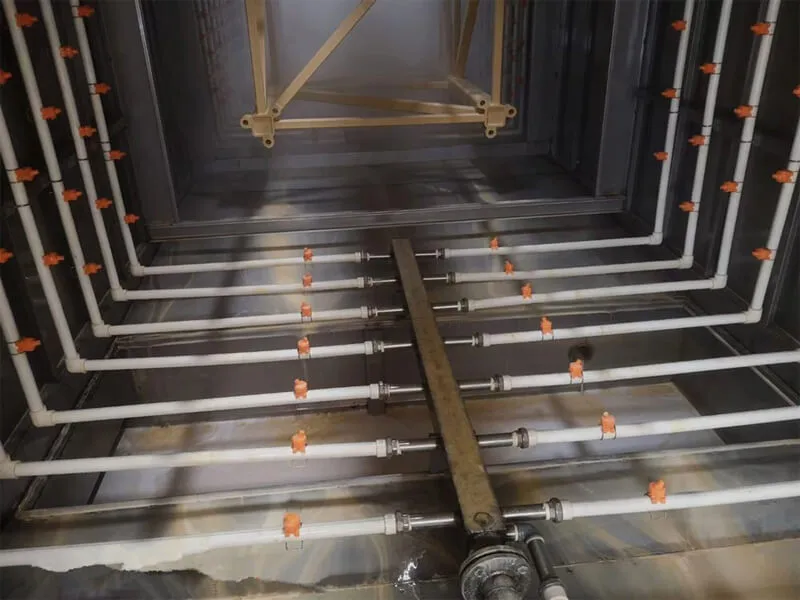
Step 4: The Importance of System Integration and Automation
A collection of best-in-class components does not guarantee a best-in-class line. The magic lies in their seamless integration. The pre-treatment timing must sync with the conveyor speed, which must be perfectly calibrated with the cure schedule in the oven.
Automation is the key to this integration and to achieving remarkable consistency and lower labor costs. Modern powder coating production line designs incorporate Programmable Logic Controllers (PLCs) that manage the entire process. They can:
Automatically adjust oven temperatures for different products.
Control the speed of the conveyor.
Monitor powder delivery to the guns.
Provide diagnostic data and production reports.
Investing in a well-integrated, automated system from the start minimizes human error, maximizes repeatability, and provides a clear return on investment.
Step 5: Partnering with the Right Supplier and Considering ROI
The final, and perhaps most important, step is selecting your equipment partner. You need a supplier with proven experience, robust technical support, and the capability to deliver a complete, turnkey solution.
HANNA stands out by offering end-to-end service—from initial consultation and facility auditing to detailed engineering, manufacturing, installation, and ongoing service support. We don't just sell ovens; we engineer complete powder coating production line solutions.
When evaluating the cost, look beyond the initial price tag. Consider the Total Cost of Ownership (TCO). An energy-efficient oven, a powder recovery system with high reclaim rates, and a durable conveyor design might have a higher upfront cost but will lead to massive savings in energy, materials, and maintenance over the life of the line. A well-designed powder coating production line is not an expense; it's an asset that drives profitability.
Planning your powder coating production line is a complex but rewarding endeavor. By methodically working through these five steps—understanding the components, thorough pre-planning, smart technology selection, focusing on integration, and choosing the right partner—you lay the foundation for a system that will deliver superior finish quality, high operational efficiency, and scalability for future growth.
Your powder coating line is the backbone of your product's final appearance and durability. Trust it to a partner with a global reputation for excellence. Trust it to HANNA.
Frequently Asked Questions (FAQs)
Q1: What is the typical lead time for a new powder coating production line?
A1: Lead times can vary significantly based on the complexity and level of customization. A standard system might take 12-16 weeks, while a large, fully custom powder coating production line from HANNA can take 20-30 weeks from order to installation, factoring in detailed engineering, manufacturing, and testing.
Q2: How much space do I need to allocate for a complete powder coating production line?
A2: Space requirements are entirely dependent on your throughput and part size. A compact, batch-style line might fit in 1,000 sq. ft., while a high-volume, continuous line with extensive pre-treatment can require 10,000 sq. ft. or more. A HANNA engineering review is the best way to determine exact spatial needs.
Q3: Can an existing liquid paint line be converted to a powder coating production line?
A3: In many cases, yes, but it requires significant modification. The pre-treatment may need upgrading, the application booth must be replaced with a powder booth and recovery system, and the curing oven will almost certainly need to be replaced or heavily modified to meet the higher temperatures required for powder. A feasibility study is essential.
Q4: What is the powder utilization efficiency of a modern production line?
A4: A well-designed powder coating production line with an efficient recovery system can achieve powder utilization rates of 95-99%. This means nearly all overspray is captured and reused, making it an extremely efficient and environmentally friendly process compared to liquid painting.
Q5: Why is a custom powder coating line often better than a standard one?
A5: A custom powder coating production line is tailored to your specific parts, production volume, quality standards, and facility layout. This results in optimized workflow, higher energy and material efficiency, reduced bottlenecks, and ultimately, a lower cost-per-part and a stronger return on investment than trying to adapt a standard line to a non-standard process.


